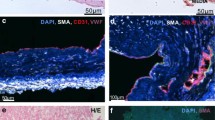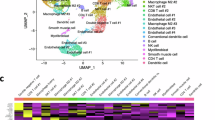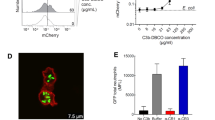Abstract
Vibrio vulnificus cytolysin forms transmembrane pores that are permeable to calcium ions in pulmonary endothelial cells, and has been suggested as an important virulence factor that sequestrate neutrophils primarily in the lung. To elucidate the mechanism we investigated whether the cytolysin affect the expression of endothelial P-selectin and adhesiveness of pulmonary endothelial cells for neutrophils. The cytolysin increased the adhesiveness of CPAE cell, a pulmonary endothelial cell line, for neutrophils in a concentrationand time-dependent manner. The increase of adhesiveness occurred within several minutes after the cytolysin exposure, persisted up to 90 min, and was not affected by cycloheximide. Furthermore, flow cytometric analyses showed that cytolysin enhanced the level of P-selectin on CPAE cell surface. Therefore, these results suggest that the cytolysin-induced hyperadhesiveness of pulmonary endothelial cells for neutrophils is mediated by the mobilization of endothelial P-selectin to the cell surface.
Similar content being viewed by others
Article PDF
Author information
Authors and Affiliations
Rights and permissions
This is an Open Access article distributed under the terms of the Creative Commons Attribution Non-Commercial License (http://creativecommons.org/licenses/by-nc/3.0/) which permits unrestricted non-commercial use, distribution, and reproduction in any medium, provided the original work is properly cited.
About this article
Cite this article
Kim, BS., Kim, JS. Vibrio vulnificus cytolysin induces hyperadhesiveness of pulmonary endothelial cells for neutrophils through endothelial P-selectin: a mechanism for pulmonary damage by Vibrio vulnificus cytolysin. Exp Mol Med 34, 308–312 (2002). https://doi.org/10.1038/emm.2002.43
Published:
Issue date:
DOI: https://doi.org/10.1038/emm.2002.43
Keywords
This article is cited by
-
Proteomics and 1H NMR-based metabolomics analysis of pathogenic Vibrio vulnificus aquacultures isolated from sewage drains
Environmental Science and Pollution Research (2017)
-
Membrane cholesterol is required for activity of Vibrio vulnificus cytolysin
Archives of Microbiology (2007)



